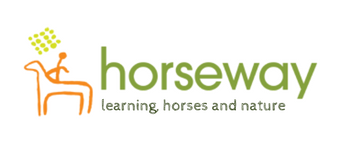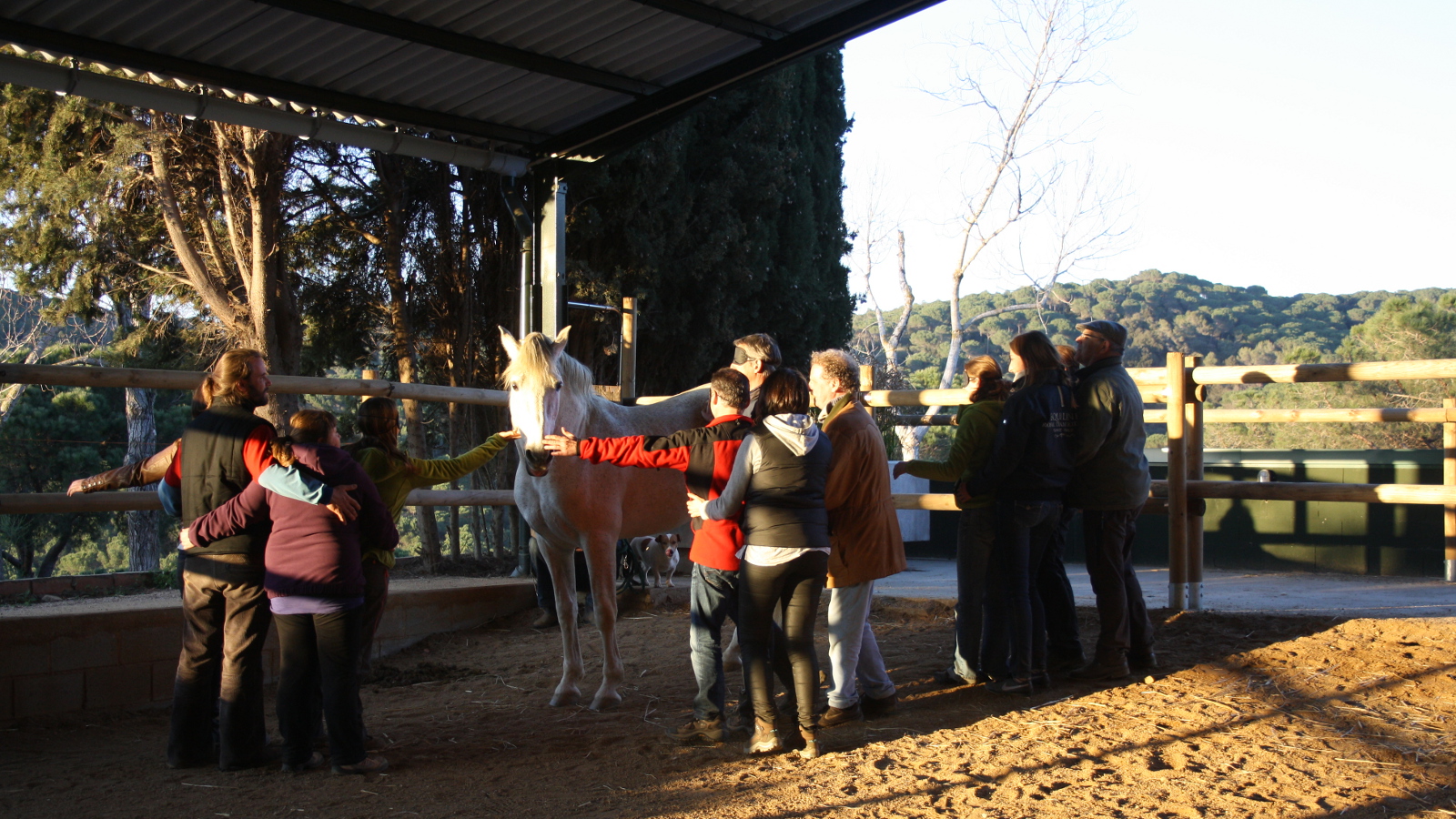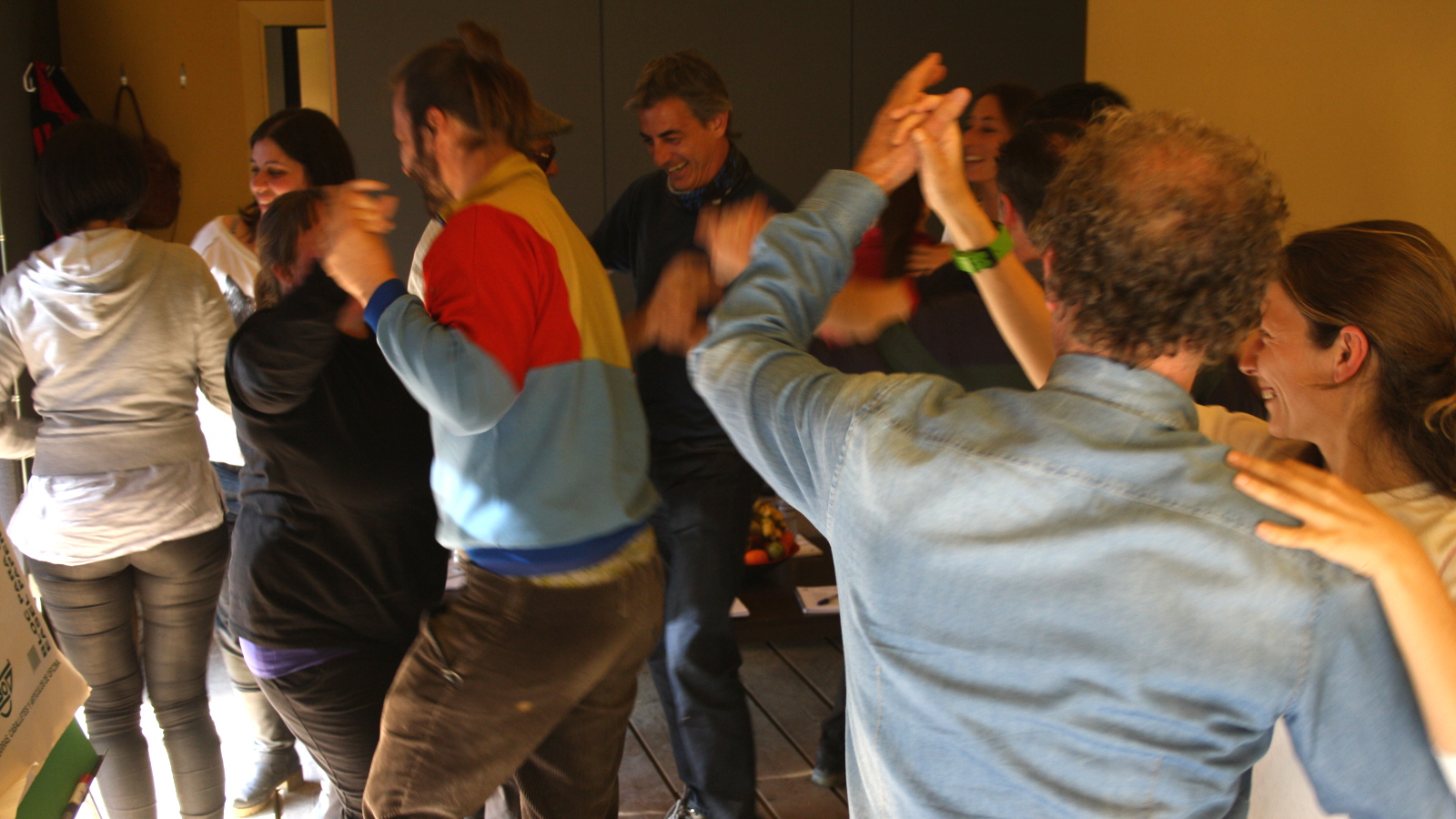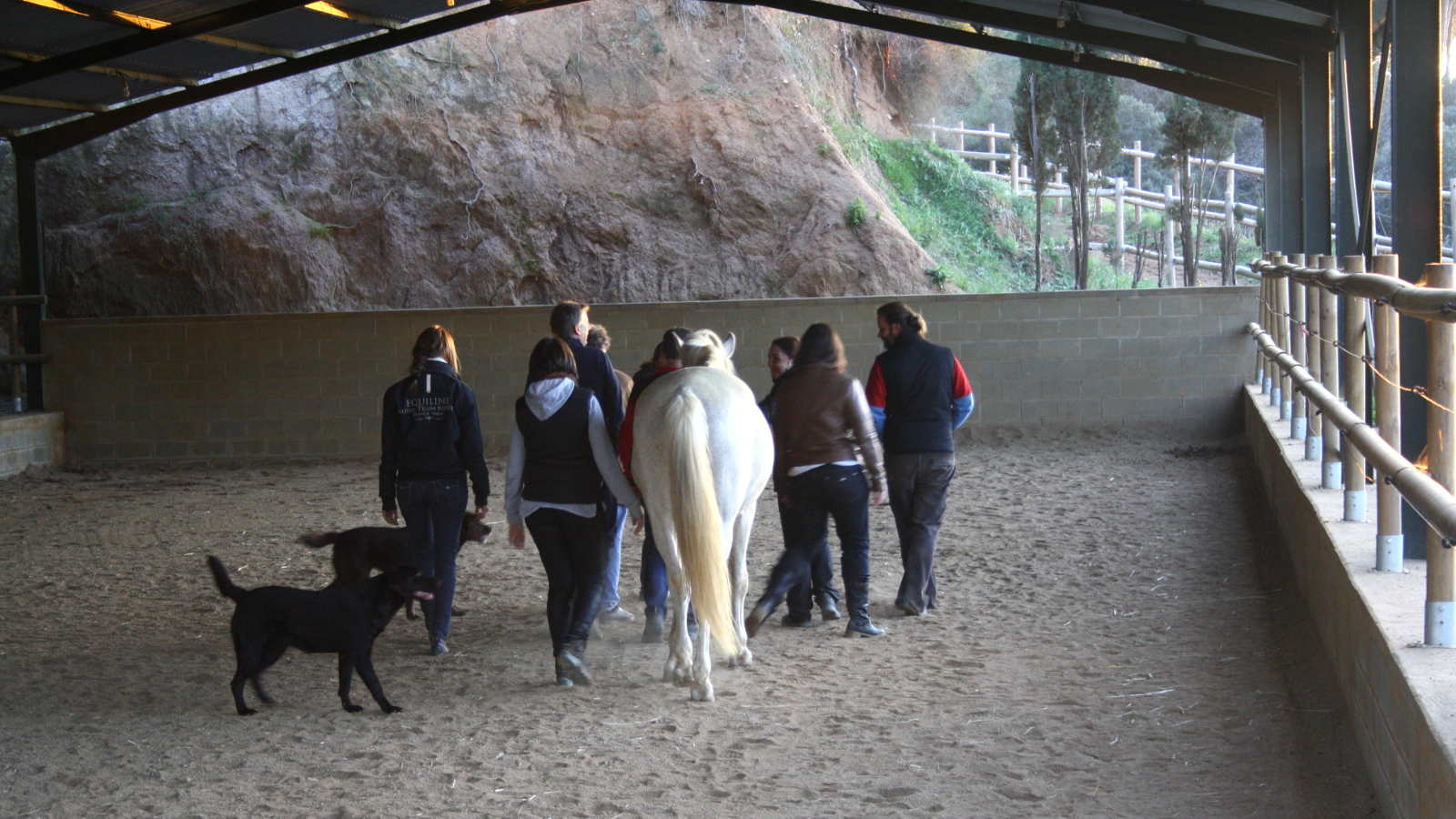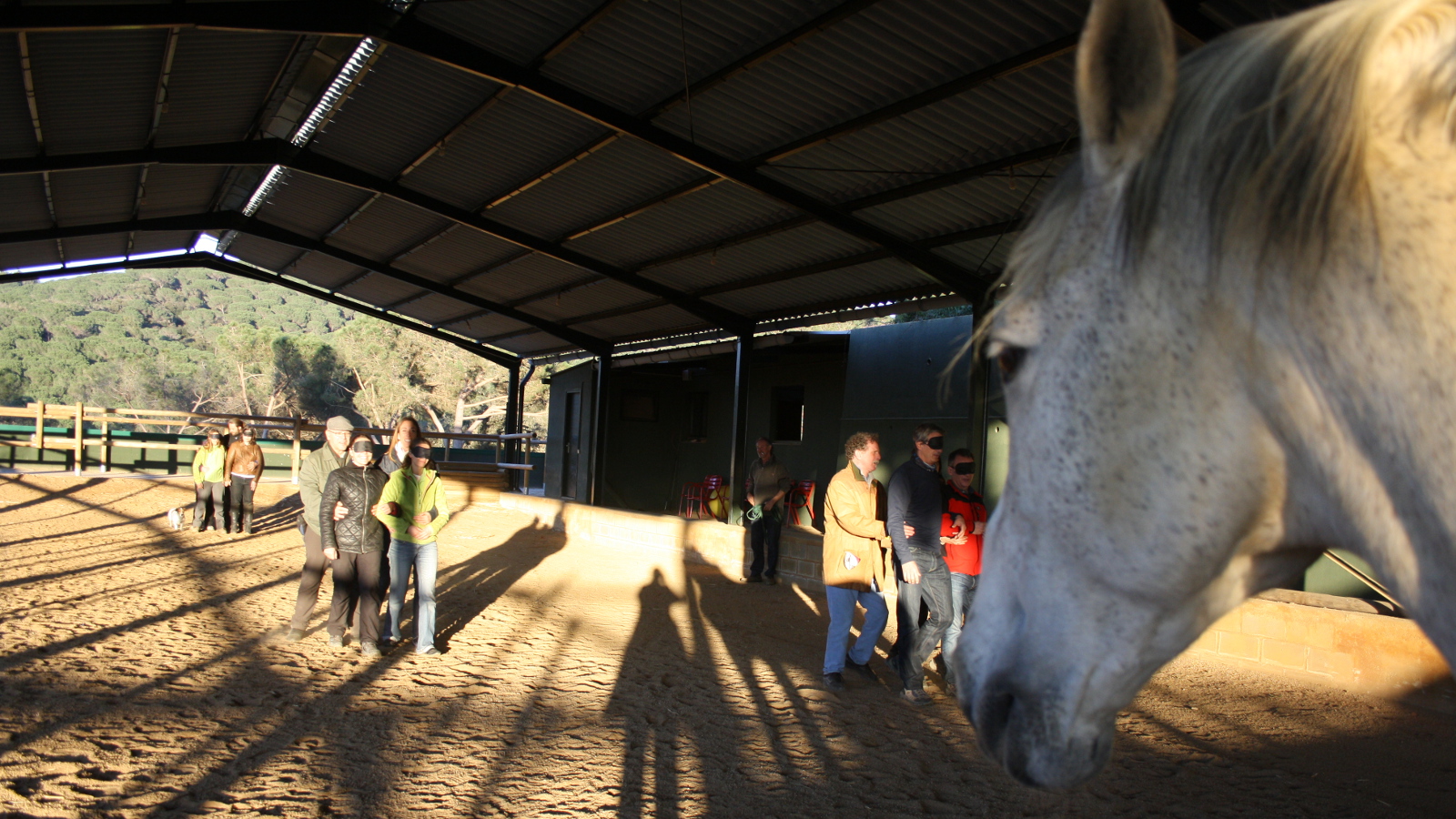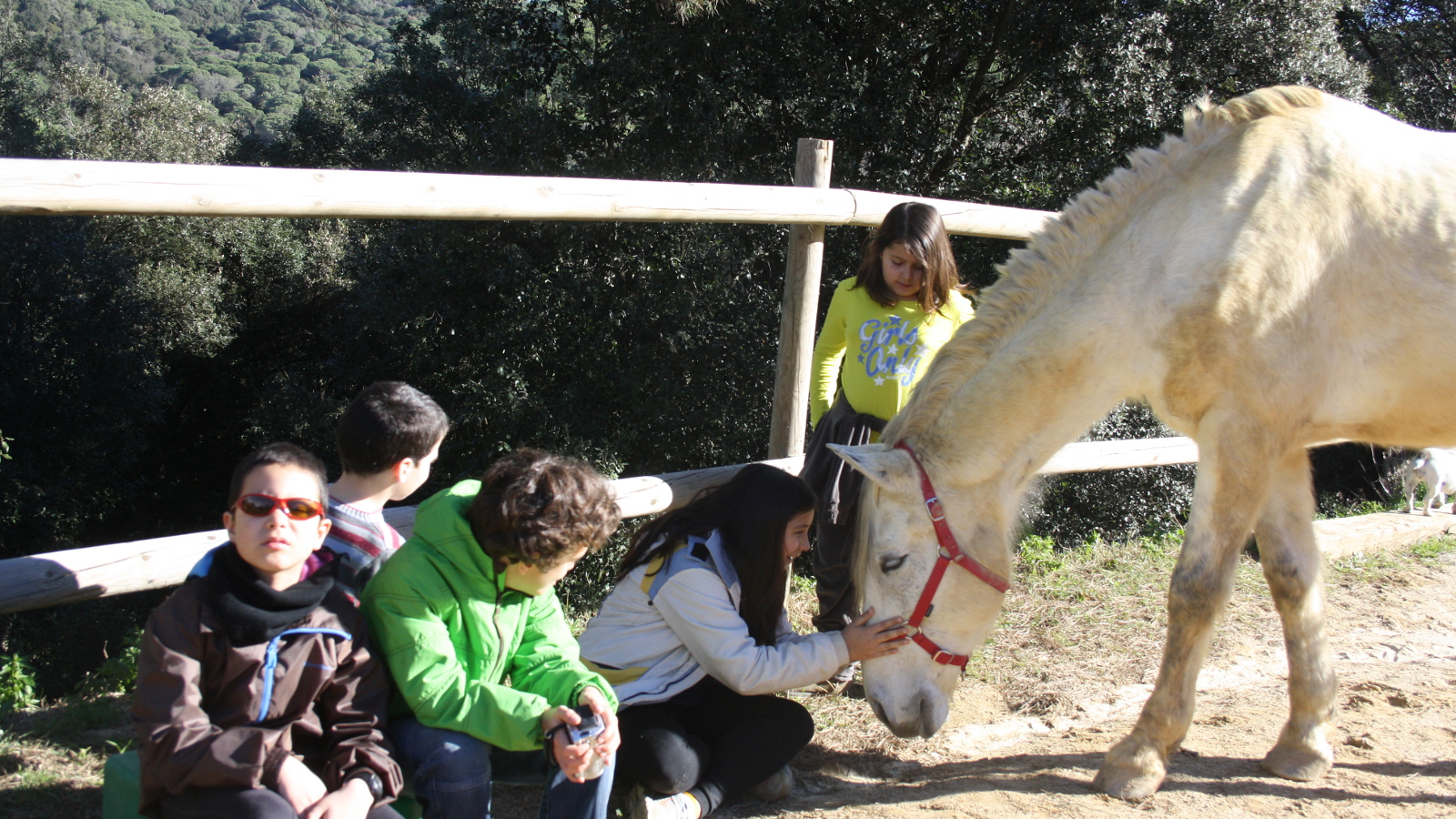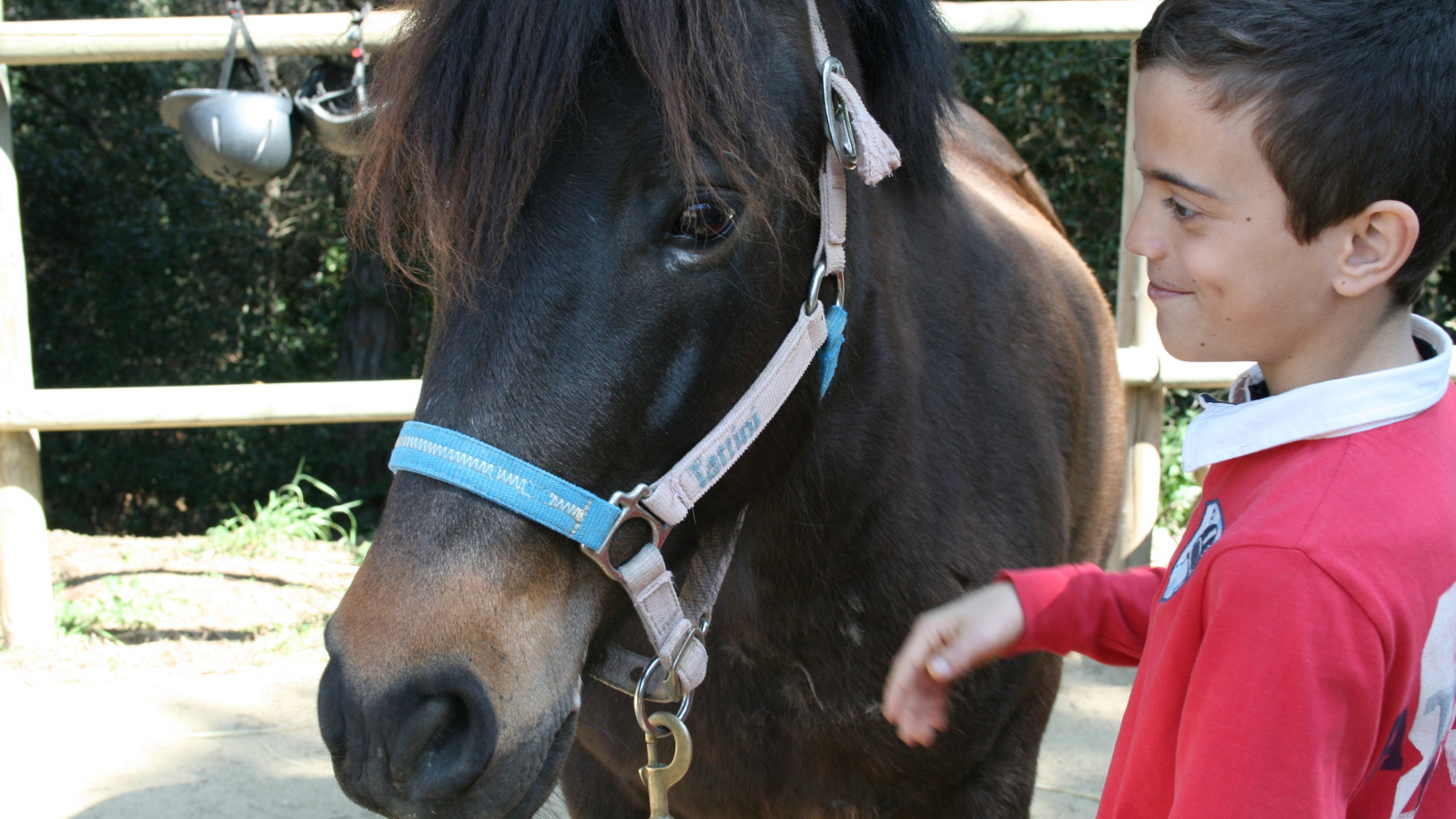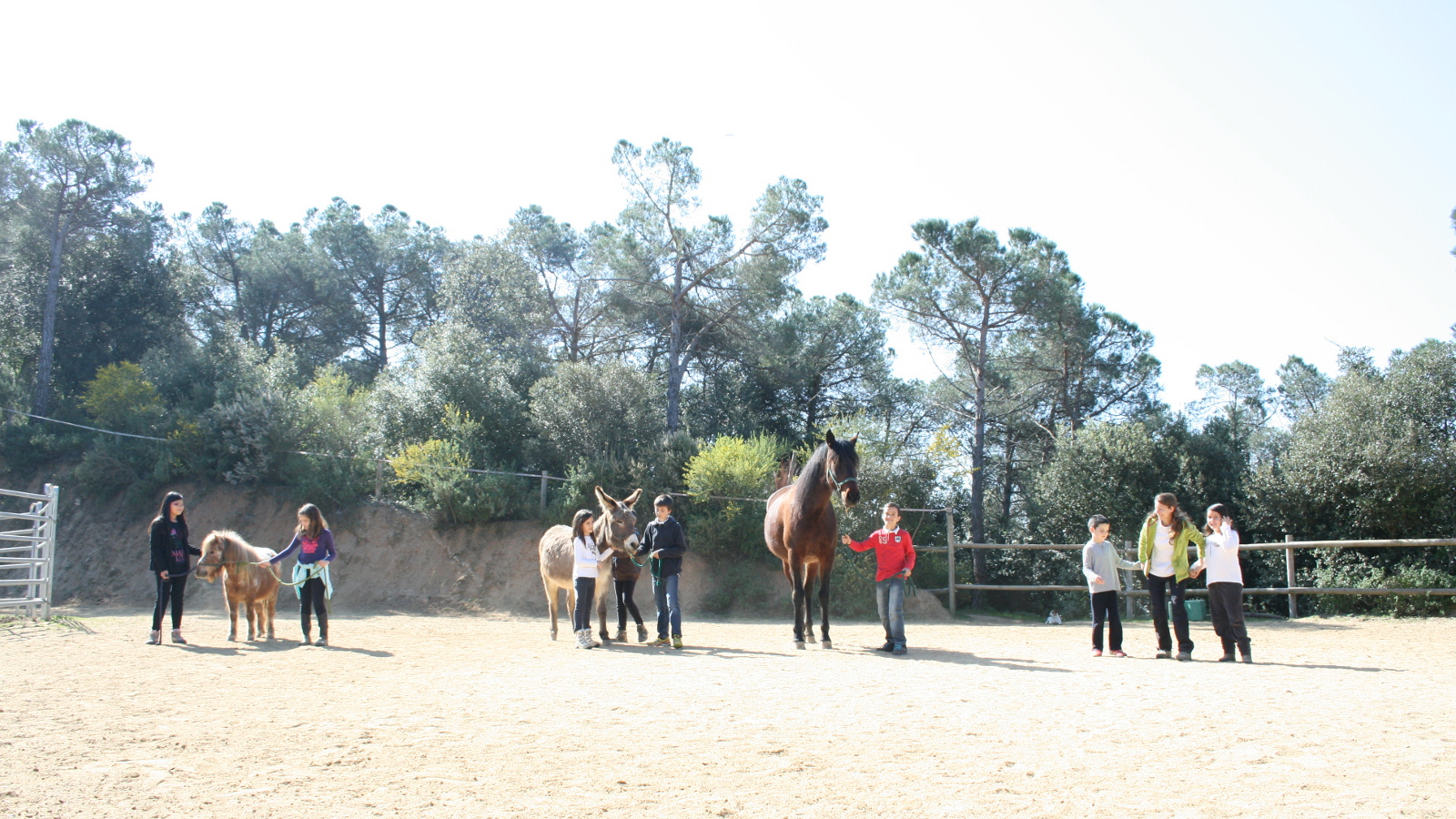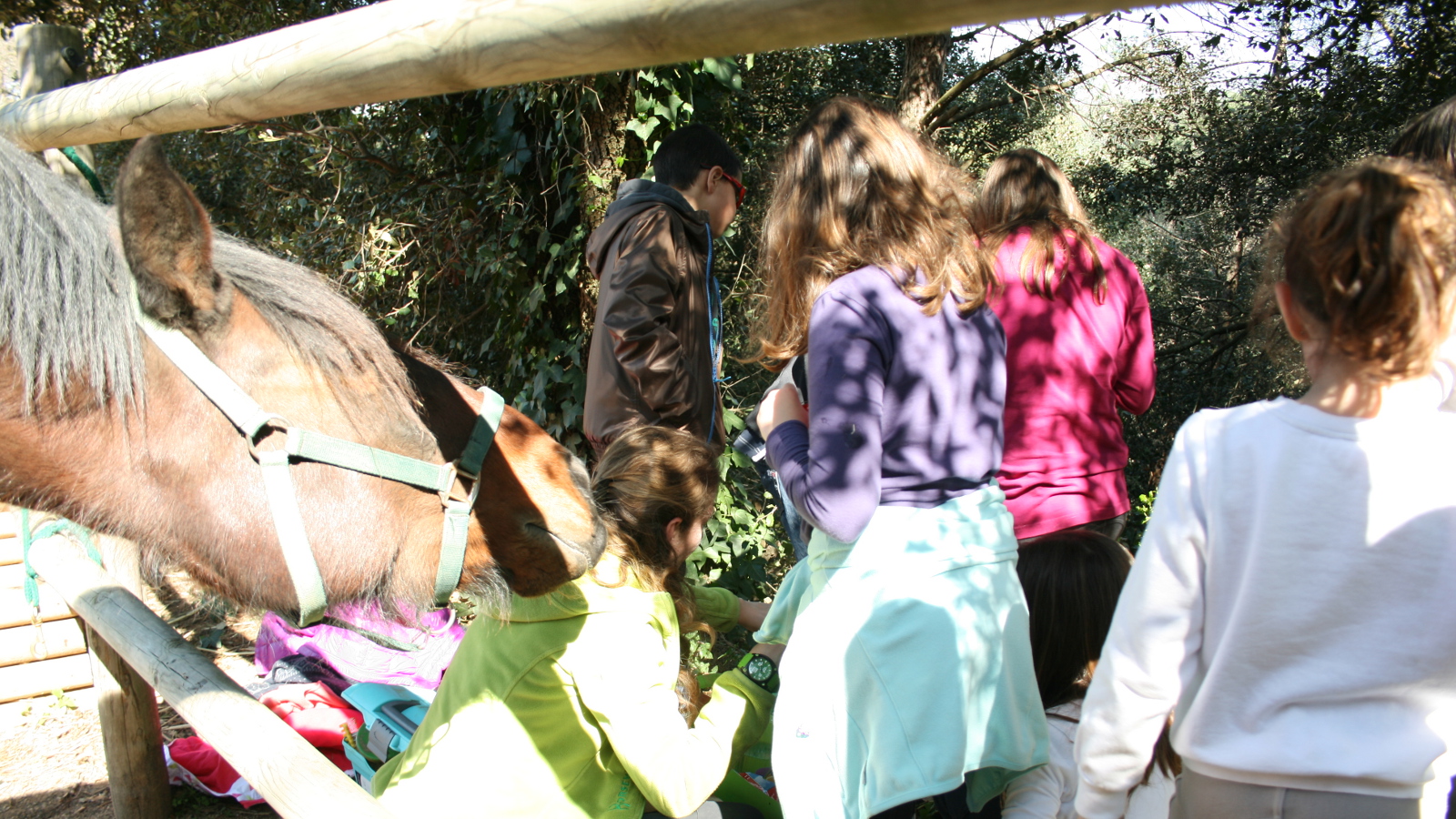Emotional intelligence recognizing and managing one’s emotions, for our greater well-being. The horses mirror us; they are filters without judgment, helping us becoming aware of ourselves with greater clarity. That is the first step toward change.
Thanks to the sensibility of horses generally, added to the special qualities of Farriols horses — their trust in people and their willingness to communicate — we provide people with an unique learning experience.
Origins of Emotional Intelligence
Scientific studies about our emotions began to emerge during the nineteenth century. In 1872 Charles Darwin published The expression of the emotions in man and animals. Another important study to mention is Howard Gardner‘s best-selling Emotional Intelligence. After this book appeared, it suddenly became popular to study emotions scientifically, to learn how they influence our lives.
Multiple intelligences
The theory of multiple intelligences confirms that we have different types of intelligences:
- Musical
- Kinesthetic
- Linguistic
- Spatial
- Intrapersonal intelligence
- Interpersonal intelligence
Each one of us is gifted in one, or many, ways, but being healthy in one way does not mean we are healthy in others.
Daniel Goleman goes deeper into two types in his book Emotional intelligence: the interpersonal intelligence, and the intrapersonal intelligence. He explores how emotions affect our decisions, and defines his terms thus:
- Intrapersonal intelligence “constitutes in a correlative ability – facing inwardly- that allows us to configure an accurate and true self-image, and that makes us able to utilize this image to act more effectively in life.”
- Interpersonal intelligence “is the ability to understand others: what are the things that motivate them the most, how do they work and how best to cooperate with them. Successful marketers, politicians, teachers, doctors and religious leaders tend to be individuals with a high degree of interpersonal intelligence.” (Goleman).
Emotional Intelligence in Universities today
From these two types of intelligence the GROP (Research and educational psychology guidance group of the University of Barcelona) created a model whereby several different abilities correspond with intrapersonal intelligence, and two with interpersonal intelligence. The abilities are:
- Emotional awareness
- Emotional regulation
- Emotional autonomy
- Social abilities
- Life abilities
Emotional education offers to develop these abilities for handling and managing emotions more efficiently. This improves things both for students and the people around them.
Currently, stress and depression are major causes of low points in workplaces, and in our society they are increasing. Once our basic needs have been covered, then we can look for personal well-being, take charge of our own lives, look for jobs that promote our values and potential, and develop holistically as people.
Origins of emotional intelligence with horses
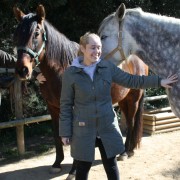 Emotional intelligence can be developed through interaction with horses. It is a new type of learning in which interaction with horses develops an individual’s emotional competency. It’s called Equine Assisted Learning (EAL). EAL emerged in the United States after a demonstration of natural taming. It is an alternative to classic taming, in which the animal is tamed from an ethological perspective. We adapt to the horse’s way of seeing the world rather than trying to work other way around. In a demonstration of natural taming directed by Monty Roberts, the head of huge multinational company asked Monty if he could explain to his employees what was needed to ride a horse, because he realized that the skills needed for riding were also needed within the company.
Emotional intelligence can be developed through interaction with horses. It is a new type of learning in which interaction with horses develops an individual’s emotional competency. It’s called Equine Assisted Learning (EAL). EAL emerged in the United States after a demonstration of natural taming. It is an alternative to classic taming, in which the animal is tamed from an ethological perspective. We adapt to the horse’s way of seeing the world rather than trying to work other way around. In a demonstration of natural taming directed by Monty Roberts, the head of huge multinational company asked Monty if he could explain to his employees what was needed to ride a horse, because he realized that the skills needed for riding were also needed within the company.
Why with horses?
The difference between horses and people
Horses are different from people. They are prey animals, which is totally different from us. We are the predators. Thus, their predominant emotion is fear, so they are constantly attentive to what is going around them, watchful for any danger.
Dynamics of working dismounted
All the dynamics of horses arise when they are not mounted. Students are taught to achieve an objective with them, to move them, to let them take a tour. They react to what we say, acting like mirrors without filters, so students quickly learn awareness of themselves by noting how others (the horses) perceive them. This sort of clarity is truly a gift, an “Aha!” moment. This clear awareness leads us to undertake the changes we need.
The horses are the teachers
Horses teach us to develop greater depth in our emotional perceptions and abilities, so we can create more positive relationships with ourselves and others.
Emotional abilities
What do I feel?
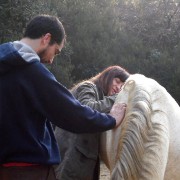 Recognizing the emotions we’re feeling, therefore our reasons for the actions we’re taking, and perceiving how others perceive us, is absolutely essential if we want to take charge of our own lives. This is the reflective mirror that the horse offers us. They are not in judgment toward us; all they are looking for is ways to feel safe and calm.
Recognizing the emotions we’re feeling, therefore our reasons for the actions we’re taking, and perceiving how others perceive us, is absolutely essential if we want to take charge of our own lives. This is the reflective mirror that the horse offers us. They are not in judgment toward us; all they are looking for is ways to feel safe and calm.
What emotions are more positive for me?
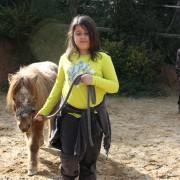 All emotions have a function, so none of them should be repressed. We must manage them, and to do that we must recognize them. Finding the right time with the right person, with the right way of behaving, converts negative emotion into positive action. Controlling impulsive acts reduces negative consequence as we learn to focus our attention on what we want.
All emotions have a function, so none of them should be repressed. We must manage them, and to do that we must recognize them. Finding the right time with the right person, with the right way of behaving, converts negative emotion into positive action. Controlling impulsive acts reduces negative consequence as we learn to focus our attention on what we want.
Horses, whose priority is safety and tranquility, also have a well-developed concept of justice; therefore, we should manage ourselves in such a way as to transmit trust and safety, but with assertiveness, to the horse. Working at this exercises all the mechanisms of the emotional self-regulation.
Who am I?
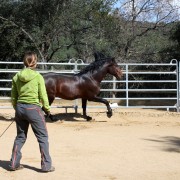 We can’t make changed without being aware of our strengths and weaknesses. A realistic picture of ourselves increases our self-esteem, and possibilities focus more on change and efficiency. Being aware of our values, and taking responsibility for our lives and our processes, helps us accept ourselves. Being authentic and consistent with the horses help us establish a more trusting relationship with the horse.
We can’t make changed without being aware of our strengths and weaknesses. A realistic picture of ourselves increases our self-esteem, and possibilities focus more on change and efficiency. Being aware of our values, and taking responsibility for our lives and our processes, helps us accept ourselves. Being authentic and consistent with the horses help us establish a more trusting relationship with the horse.
How do I relate to my environment?
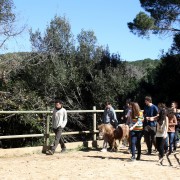 Since we are social animals, it is important that we have good relationships with others, but for that, we need to have a good relationship with ourselves.
Since we are social animals, it is important that we have good relationships with others, but for that, we need to have a good relationship with ourselves.
Empathizing with others, resolving conflicts positively, respecting yourself without hurting another (being assertive), are qualities that help us connect, create teams (groups), and work toward a common good or a common goal. Horses already have integrated such relationships and social norms; we must do the same, show the same skills, if we want to be included in their pack.
What goals do I have in life?
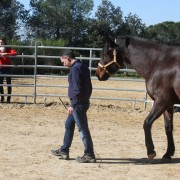 Our goal is to lead our personal and professional lives enjoying coherence in our relationships. We set goals and act upon them based upon what we wish to become. Leading our lives is like leading a horse: it requires self-confidence, clarity and precision in the signals we give others, calm in all situations (being assertive) to achieve personal wellness while also allowing it for others.
Our goal is to lead our personal and professional lives enjoying coherence in our relationships. We set goals and act upon them based upon what we wish to become. Leading our lives is like leading a horse: it requires self-confidence, clarity and precision in the signals we give others, calm in all situations (being assertive) to achieve personal wellness while also allowing it for others.
Course in emotional education for children
One three hour session per month (10:00 to 13:00) for 9 months
Every session has an objective (self-awareness, self-love, confidence, empathy) involving work to improve emotional and social skills.
The children play games with the horses, enjoy contact with nature and friendship with the other children, who all have fun while learning in a natural way.
Course in emotional intelligence for adults
One three hour session a month (16:00 to 19:00) during 9 months
Every session has an objective: Self-awareness, emotional regulation, breathing, self-love, non-verbal communication, leadership and well-being.
Our facility and its surroundings let you disconnect from daily routines and connect with yourself. That internal connection helps us look outwards, to create more positive and harmonious relationships.
Course in emotional intelligence for companies
We offer courses during the day in:
Leadership
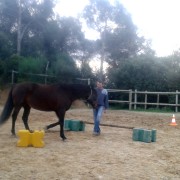 Half-day or whole day sessions with groups of 8 to 12 people.
Half-day or whole day sessions with groups of 8 to 12 people.
During the day we make assess and reflect upon our own leadership, and experiment with new ways to lead, observing the impact on our behavior on others.
Team building
During half-day or whole day sessions, your work-team can experience different techniques for creating stronger and more collaborative working relationships within the company.
During the day we work with the dynamics among different team members and the horses. At the end, we to understand our friends better, and learn to seek out how to get the best out of each member.
